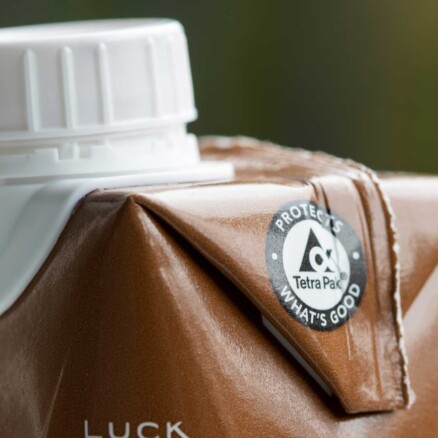
H&M Group, a global family of strong fashion brands and ventures with around 4,250 stores in close to 80 markets, aims to create a positive impact on freshwater by 2030. To support this vision, Quantis partnered with H&M Group to develop a comprehensive water stewardship program aimed at enhancing governance in high-risk supplier basins. This initiative includes a water stewardship framework, supplier guidance and a self-assessment tool, enabling suppliers to implement sustainable water practices in key production countries exposed to water risks.
Challenge
The textile sector relies heavily on water for dyeing, washing and finishing garments, while facing risks from water scarcity and pollution. To address this, H&M Group needed a partner that would help them strengthen water governance in key supplier regions, aligning stewardship with global standards and mitigating local water risks.
H&M Group’s 2030 water strategy highlights a critical need to enhance water governance in supplier basins, particularly in water-stressed regions such as Bangladesh, India, China, Turkey, Indonesia, Vietnam and Pakistan. These locations collectively account for most of the production-related water use in H&M Group’s supply chain.
Solutions
To address these challenges, our team partnered with H&M Group to develop a water stewardship framework, supplier guidance and a self-assessment tool. These assets integrated H&M Group’s existing water strategy with global best practices and Quantis’ water expertise, providing a clear approach for suppliers.
To support implementation, Quantis developed a guidance for textile producers that breaks down the business case for water stewardship, key concepts and a 5-step implementation framework. This hands-on resource equips suppliers with practical steps to meet sustainability targets.
A water stewardship action tool empowers suppliers to self-assess performance, identify gaps and build action plans. It also enables H&M Group to track progress, drive accountability and continuously improve water stewardship efforts.
To maximize adoption, Quantis led interactive training sessions with H&M Group leaders across supplier regions, familiarizing them with the guidance and tool while fostering open discussions to address supplier challenges. This collaborative approach helps to embed water stewardship across the supply chain.
Results
Through this initiative, H&M Group is making major strides toward its 2030 water goals, equipping suppliers with the tools and guidance needed to adopt effective, sustainable water stewardship practices. Developed in collaboration with Quantis, these resources provide clear, actionable steps to enhance water stewardship, particularly in high-risk basins. By strengthening water governance, this project safeguards vital resources for people, nature and industry.
Water is a vital shared resource, and at H&M Group, we are committed to driving meaningful change in how it is managed. Partnering with Quantis has allowed us to equip our suppliers with the tools and knowledge they need to take action and make well-informed decisions. By making these resources accessible to the industry, we aim to foster collaboration and accelerate the transition toward more sustainable water practices.
David Dahl, Head of Climate and Nature, H&M Group
Long-Term Impact
- Empowered suppliers: A structured roadmap enables suppliers to improve water efficiency, reduce environmental impact and strengthen sustainability practices.
- Positive community impact: Strengthened water governance in supplier basins enhances water security for local communities, contributing to broader sustainability goals.
- Industry leadership and collaboration: With plans to render its guidance public, H&M Group is driving collective action in the textile sector and reinforcing its leadership in water stewardship.
- Data-driven decision-making: The self-assessment tool offers critical insights, allowing H&M Group to monitor supplier performance and make informed sustainability decisions.
We’re your full-service partner for the transformational journey. Our strategic advisors are equipped to guide you at every point along the way.



